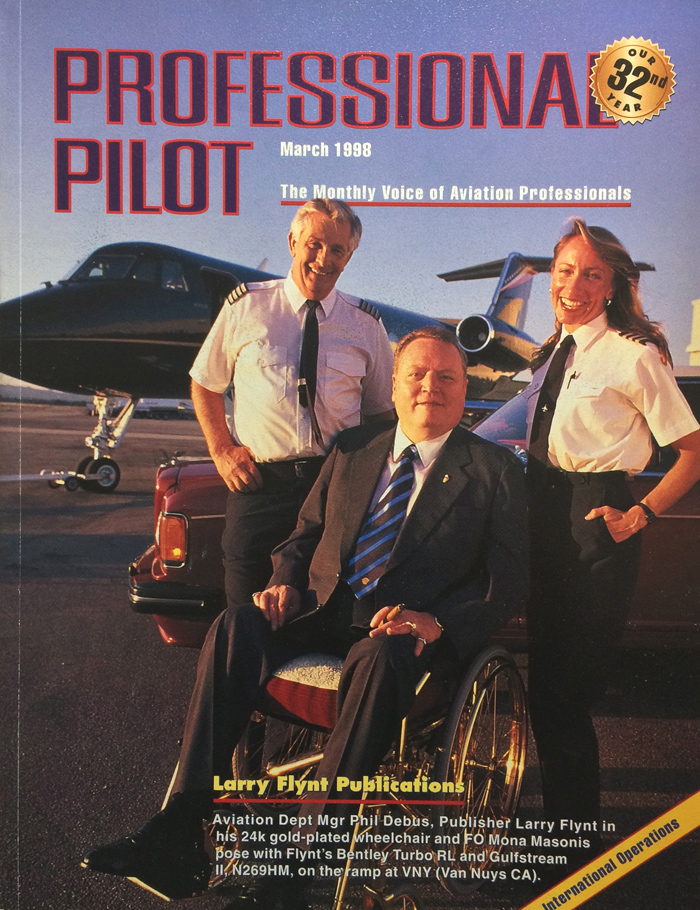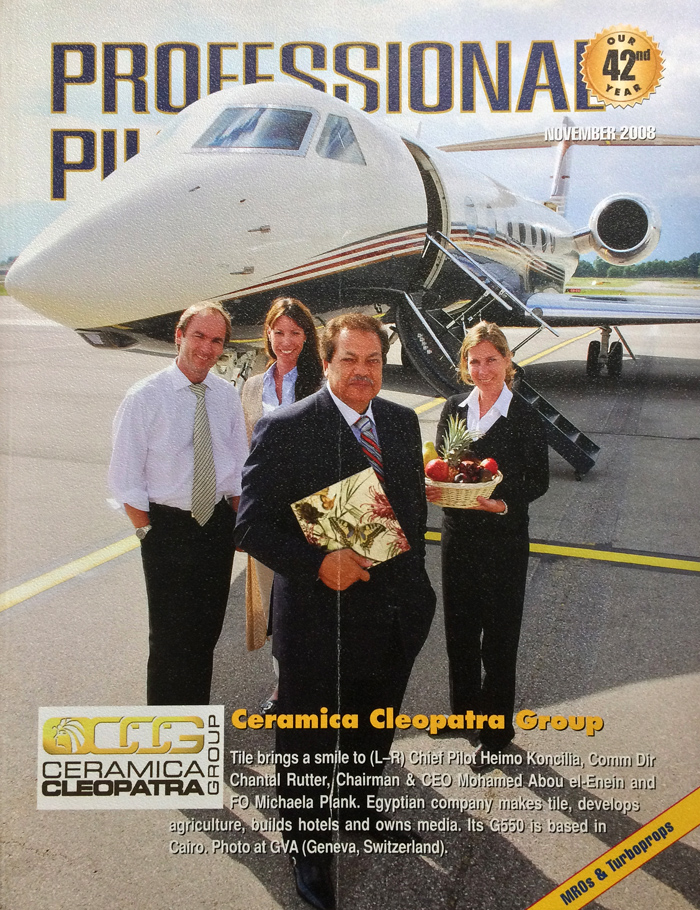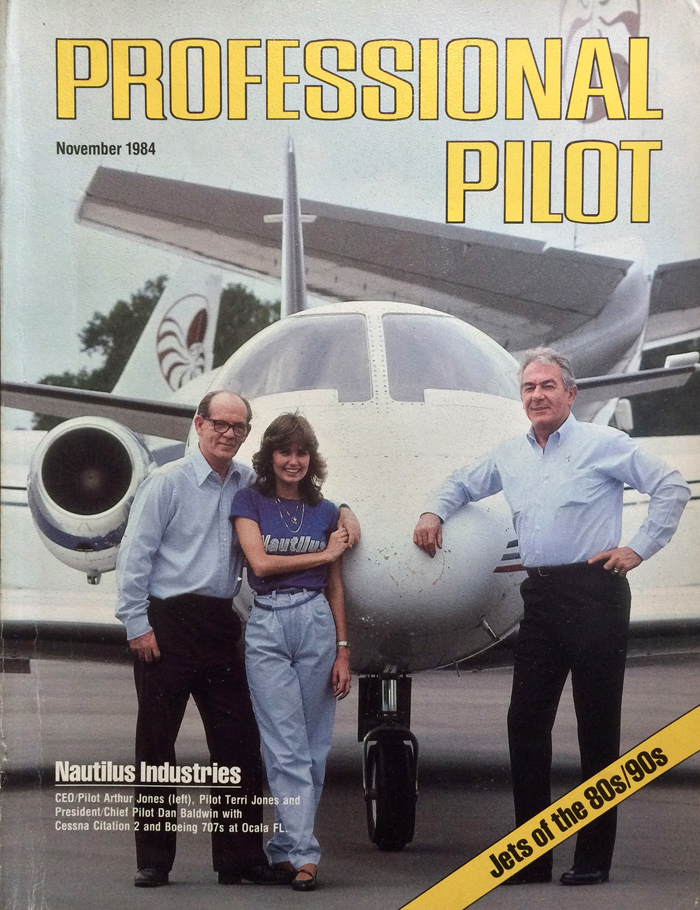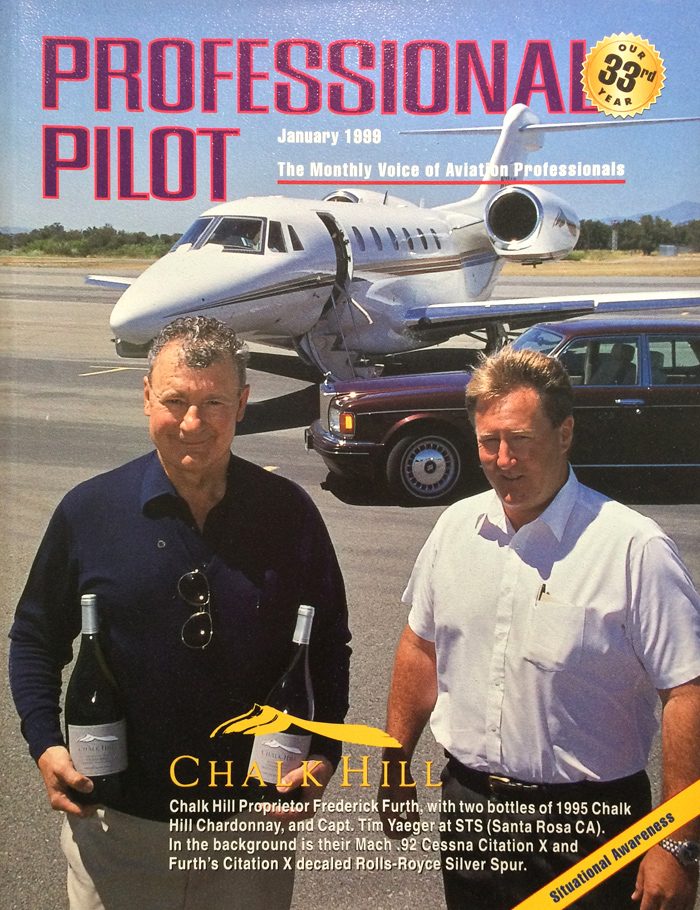Sultan of Johor operates out of palace heliplex and 3500-ft polo strip
By Grant McLaren
Professional Pilot Magazine September 1990
Malaysian monarch uses Citation 2, Gulfstream 4 and Agusta 109Cs.
His Majesty Sultan Iskandar King of Johor recently outfitted his Palace with a heliport and a pair of Agusta 109Cs in order to better reach the various corners of his State. Without the aid of helicopters these same head-of-state trips would have involved cumbersome and labor-intensive surface expeditions complete with front and back red Rolls-Royce police escort cars and a squadron of motorcycle outriders stopping all traffic along the route.

His Majesty uses a pair of twinjet helicopters to commute between various palaces and public events in Malaysia
“I selected the Agusta 109C because it is the best helicopter in its class for my transport needs,” says His Majesty. “The other option that I looked at closely was the Sikorsky S70 but the downwash from its blades may have blown village houses apart when landing in smaller settlements.”
With their 121-kt cruise speed and comfortable leather interiors installed by Poltrona Frau of Italy, the seven-place rotorwing whips are eminently suited to His Majesty’s missions. The twin Allison 207-powereed Agustas will be utilized some 20-25 hours each month for travel within the State of Johor, located directly to the north of Singapore.
His Majesty makes a point of keeping up to date on all the various business aircraft and avionics options on the world market. He also personally flies every aircraft in his fleet. His current aircraft lineup includes a new Gulfstream 4 and Citation 2 stationed at Johor Baru International airport (JHB), the twin Agusta 109Cs hangared at the Serene Palace and a Lake Renegade amphibian positioned in its own hangar at the Royal polo field which does double duty as a more-than-adequate 3500 ft runway.
Delivered in June, the Gulfstream IV has an interior designed by Michael Reese of Reese Design in Austin TX. The 73,000 lb MTOW Gulfstream is outfitted with triple Honeywell IRSs, Satcom, TCAD and PVD together with Reese-designed Royal silverware and lightweight Royal china. This long-legged executive ship will be used for one-stop flights to Europe and the United States and will fly nonstop to all Asian destinations. His Majesty’s Citation II, delivered in mid-1989 as a Gulfstream backup and training aid, is used for local operations, mostly on the 170-nm sector to Kuala Lumpur. Longest leg so far for the Citation has been the 900 nm run to Bandear Seri Begawan, Brunei.
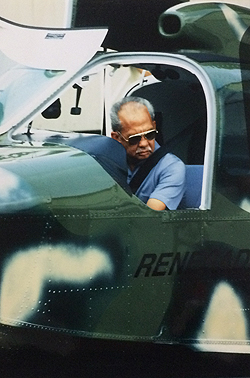
The Sultan is an accomplished pilot. He keeps this amphibious aircraft at a private hangar and uses the Royal Polo field as a takeoff strip.
His Majesty has been a pilot for over 20 years. After learning to fly a Cessna 150 acrobat he acquired a C206, C310, Bell 47 and Bell 206 JetRanger. However, aside from being good flight trainers all of these early aircraft were impractical for Royal transport requirements as His Majesty’s normal entourage numbers at least four. A few years ago the Royal flight department acquired an Aerospatiale Twinstar to take advantage of turbine speed for local travel needs. However, the larger and more powerful Agusta 109C has proven to be the optimal helicopter for all local transport to the over 100 helipads in the State of Johor. All of His Majesty’s various transit Palaces have their own dedicated helipads.
“With the 109Cs range and 121 kt cruise speed I can fly directly to my transit Palace helipad in Kuala Lumpur and reduce the point to point time over any jet,” says the Sultan. “When the requirement calls for helicopter operations further afield, for example out of Penang in northern Malaysia, His Majesty will fly the Gulfstream and have an Agusta positioned by his safety pilot in the co-pilot’s positions.
The Agusta 109Cs are fully IFR and outfitted with Collins EFIS or Sperry Primus 400 radars. Current utilization is about 25 hours each month. The blue leather interiors come out of the same Poltrona Frau facility in Italy that designed and installed the interiors in His Majesty’s six Ferraris. With a cabin both wider and longer than earlier August 109S the 5400 lb MTOW “C” series Agusta 109A the 5400 lb MTOW ‘C’ series Agusta is an attractive enhancement over its predecessor.
While His Majesty’s safety pilots keep current in their respective aircraft types with simulator and factory training, the Sultan’s professional flying abilities are mostly self-taught by reading aircraft operating manuals. In fact, His Majesty prepared himself to fly the new GIV by spending a few weeks with Gulfstream flight manuals backed up with limited coaching from his safety crews. When the first of the Agustas was delivered to Singapore in March the Sultan got in and flew it on the eight minute leg back to the Palace’s VASI equipped heliport, making a perfect landing.
“The Agusta is a more powerful and cleaner ship to fly than the Squirrel (Twinstar). Flight controls are more responsive and power adjustments are more sensitive,” says His Majesty.
His Majesty’s Palace Bukit Serene is an imposing granite residence constructed over a six year period on a hilltop overlooking the sea. The Palace rotorwing heliport complex is equally impressive, equipped for night operations and with a hangar large enough to accommodate up to three Agustas, a maintenance shop and a flightcrew room. Before the Palace heliport was completed earlier this year the Sultan used to fly the Twinstar out of the Royal Polo Field hangar next to the crown Prince’s Palace Pelangi. While the polo-port was only a ten minute drive from the Serene palace it still involved the complex traffic-stopping Royal caravan procession.
Malaysian Sultans
Sultans in this part of the world date back to the 15th century when the Sultan of Malacca had an empire covering the entire Malaysian peninsula and much of northern Indonesia. Today there are nine Sultans, one for each State in peninsular Malaysia. His Majesty’s State of Johor is the southernmost in Malaysia. As hereditary monarchies the various Sultans typically have expensive landholdings and the means to buy sophisticated transports. His Majesty’s property interests include palm oil plantations, tracks of urban land, the downtown polo field and transit palaces throughout the State. His Majesty is also a five-star general, the commander-in-chief of the army’s commando unit and the head of the State’s religion. Until he retired last year, His Majesty was also King of Malaysia.
His Majesty’s chief safety pilot on the fixed wing fleet is Major Maslan who previously flew a Falcon 900 and Fokker F28-1000 for the RMAF head-of-state No 2 Squadron. Maslan went to Kansas last year to train on the Citation II and fly it back to Johor, a 30-hour trip via Iceland, Europe and India. More recently Maslan was in Savannah to upgrade to the GIV. he found the Gulfstream’s advanced FMS an easy transition from that of the Falcon 900. All flight department safety pilots are high-time and very experienced professionals but it is His Majesty who is in command of all flights.
When the Sultan selects a new aircraft it is a careful process. He attends conventions such as the biannual Asian Aerospace show, reads aviation literature and goes to various factories all over the world to look at and fly new aircraft. His Majesty personally specifies avionics options and insists on having the latest technology systems available such as the Gulfstream’s Satcom and first-ever metallic mica paint treatment on an Agusta. Metallic paints have the limitation that they cannot be used practically over the radomes. Glass-based Sikken paints, specified by His Majesty for all fleet aircraft, get around this limitation.
“His Majesty is a very technically minded person. He appreciates classic design and the latest in technology and has a hunger and a quest for knowledge,” says Major Zainuddin, of Kuala Lumpur based Aviation Services, who assisted the Sultan of Johor in the Agusta acquisitions.
Off with the roof
His Majesty’s relative, the Sultan of Brunei, has been an influence of sorts in the final selection of His Majesty’s aircraft. Currently, the Brunei Royal fleet includes an Airbus 320, a Boeing 757, a Gulfstream III and IV, a Sikorsky S70 and a S76 MK2. The Gulfstreams, all with Reese Design interiors, have worked out very well for Brunei’s Sultan but the Sikorsky Blackhawk still gets itself into trouble occasionally with its pronounced blade downwash. Recently, the S70 blew the roof off a village house in Brunei. This did not upset the owner, however, because he had a new house built for him as compensation.
Agusta 109s have become very popular in the Asia-Pacific region over recent years. Thirty copies of the 109, mostly corporate and EMS ships, are now operating in Japan with another 64 on order. Four Agusta 109s are now based in the Philippines, two in New Zealand and four in Australia. The Malaysian government recently ordered two Agusta 109s for official transport needs — partially on the recommendation of His Majesty — the resident aviation expert among the Malaysian Sultans.

